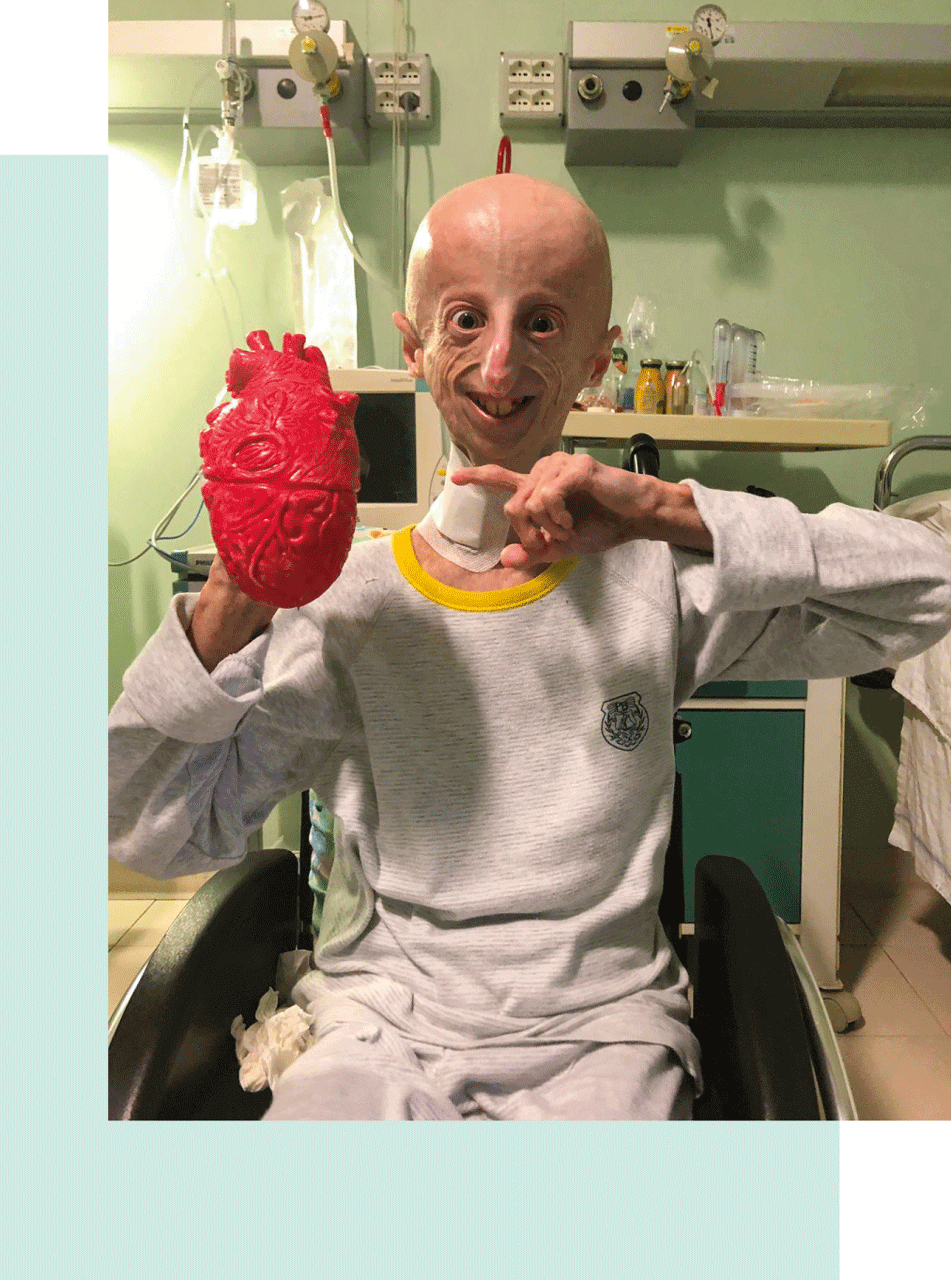The milestones
Our adventure into the world of scientific research and progeria began in 1998 after months and months of inconclusive visits, when Laura and Amerigo discovered that their son Sammy, who was just over two years old at the time, had Hutchinson-Gilford Progeria.
The chronic lack of information at the time led the family in the 2000s to network with a newly established US foundation, the Progeria Research Foundation, which was set up to address the lack of research into this disease. In 2005, A.I.Pro.Sa.B. was founded to support the cause of research and scientific dissemination. In 2006, Sammy, together with a small group of other patients, volunteered for a series of tests aimed at providing useful parameters to be used in research. Since 2007, with the Lonafarnib trial, our association has been involved in providing valuable help and funds for the continuation of this therapy and other trials. In 2009, the association co-created the Italian Laminopathy Network, a working group that seeks to comparatively study these pathologies, of which progeria is a part. In 2012, to encourage the direct exchange of advice between families, the association organised a meeting between families with progeria in Europe in conjunction with an international scientific meeting in Italy. In 2020, with the Covid19 pandemic, it provided useful data for the treatment of infected patients to both treating physicians and the Progeria Research Foundation.
> Discover the association's and research's achievements
> Discover the history of the association

As a charity, despite many years of experience, we know that the road ahead is still long, but with everyone's help we can make it: WE WANT AND CAN, TOGETHER WE WILL FIND A CURE!
Charity and Research Milestones
1886/1904
Progeria is first described symptomatically by two British doctors, Jonathan Hutchinson and Hastings Gilford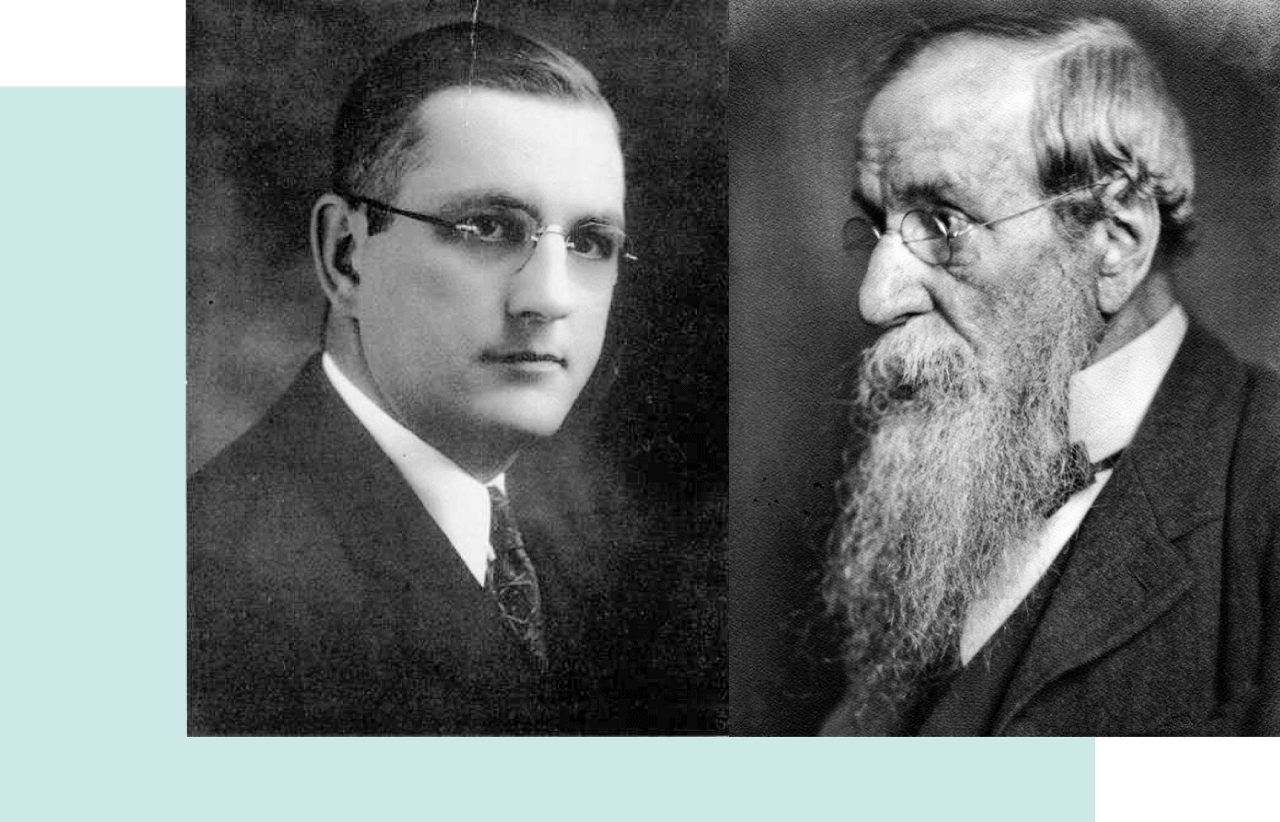
1999
With the establishment of the Progeria Research Foundation (PRF) in the USA in the early 2000s, genuine research into Progeria began, both in the biological and medical fields, in order to discover its causes and to treat patients suffering from it.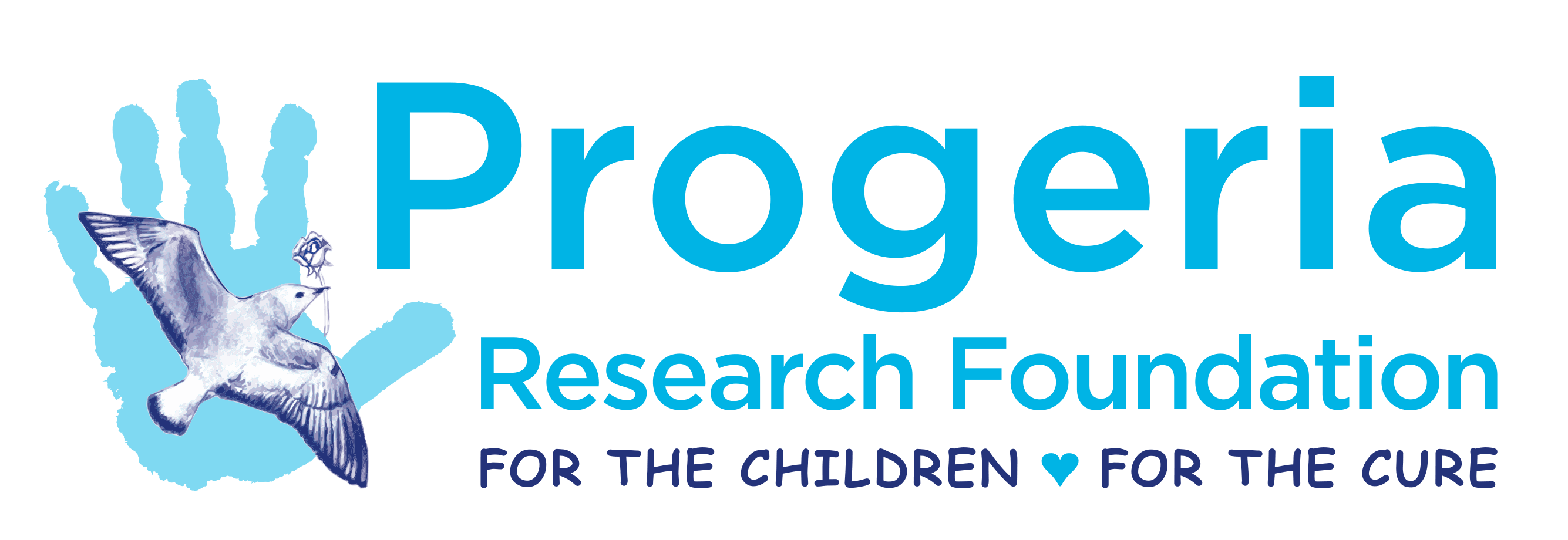
2003
Progeria research makes its first major breakthrough: a particular mutation in the LMNA gene is discovered to cause Progeria
2005
The Associazione Italiana Progeria Sammy Basso (A.I.Pro.Sa.B.) is founded in Italy, which will contribute to the great international research into this rare disease

2006
For the first time ever, a group of patients with Progeria is being brought together at the National Institute of Health (Bethesda, USA) with the intention of collecting parametric data on which to evaluate the effectiveness of possible treatments
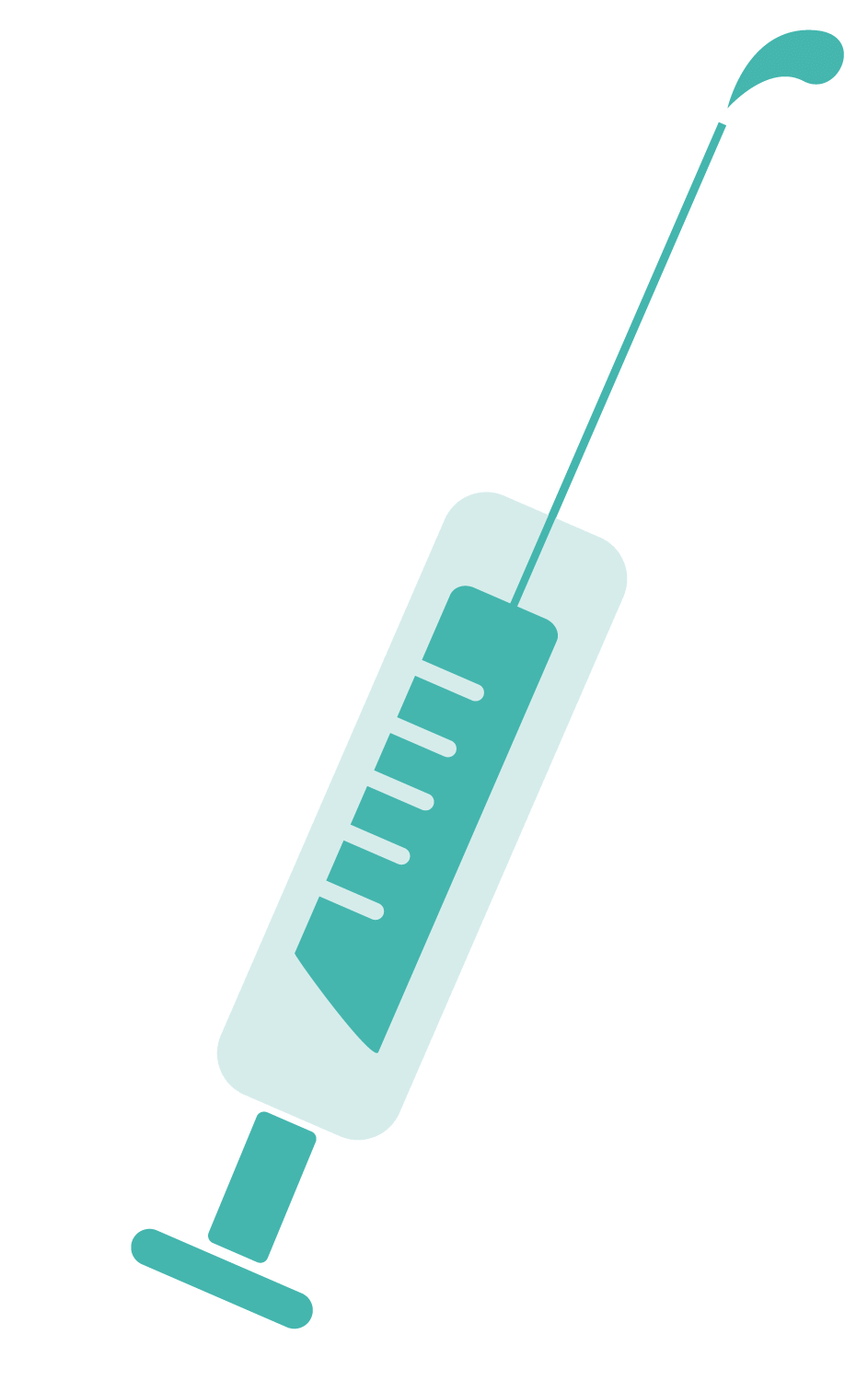
2007
In Boston (USA), the first Clinical Trial begins where a drug called Lonafarnib is tested on an initial group of patients with Progeria and then administered to the majority of them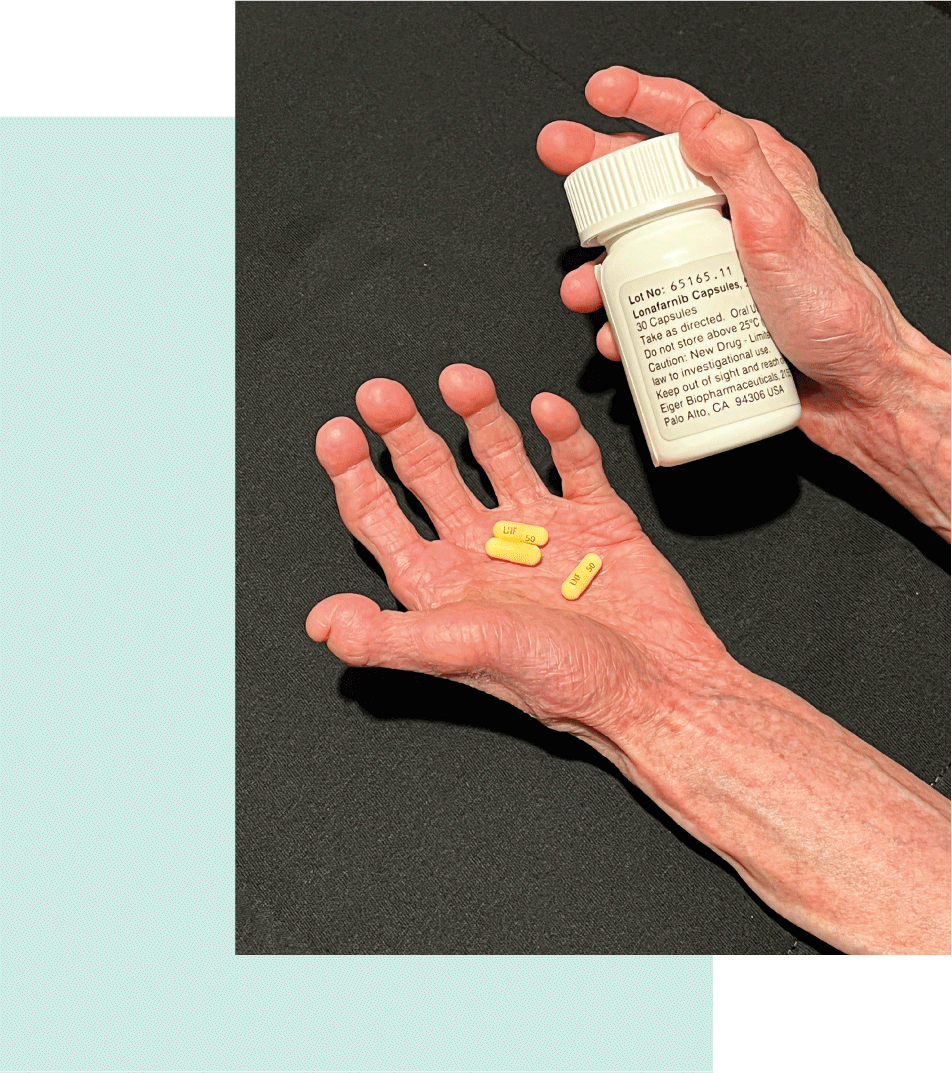
2009
Also in Boston, the second Clinical Trial involving the addition of two drugs, Pravastatin and Zoledronic Acid, to the previous Lonafarnib was developed2009
A.I.Pro.Sa.B., together with various Italian research centres, decided to continue a European project that had come to an end to study Laminopathies as a whole: thus the Italian Laminopathy Network (NIL) was born2012
A.I.Pro.Sa.B. is organising the first meeting of European Progeria patients and families in Italy, combining it with an international scientific meeting on Progeria. During this occasion, the data collected in the first Clinical Trial in 2006 were disclosed to the families for the first time.2015
A third Clinical Trial begins in Boston involving the already used Lonafarnib in conjunction with another drug, Everolimus2019
For the first time in a patient with Progeria, aortic valve replacement surgery is performed in Rome, Italy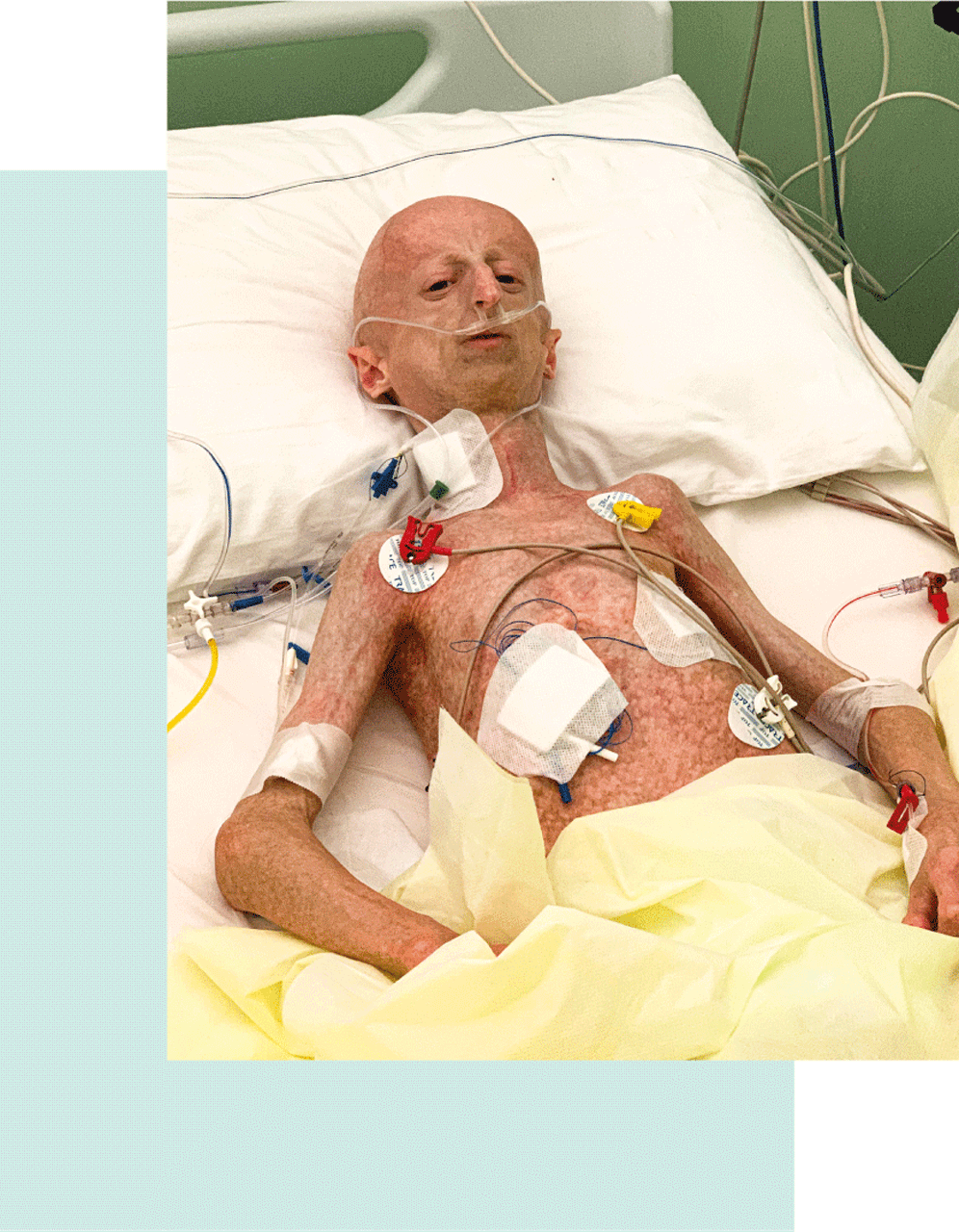
2020
With the conclusion of the final stages of experimental data collection on Lonafarnib, it was approved by the US Food and Drug (FDA) as the first drug against Progeria, under the name Zokinvy
2022
The European Medicines Agency (EMA, EU), with the support of A.I.Pro.Sa.B., also gives the green light for the authorisation of the use of Lonafarnib (Zokinvy) in patients with Progeria in EU Member States
2022
An initial summit of specialists is organised to discuss the various interventions that can be carried out to resolve the frequent cases of aortic stenosis observed in patients with progeria and then to perform cardiac surgery in a programmatic manner
